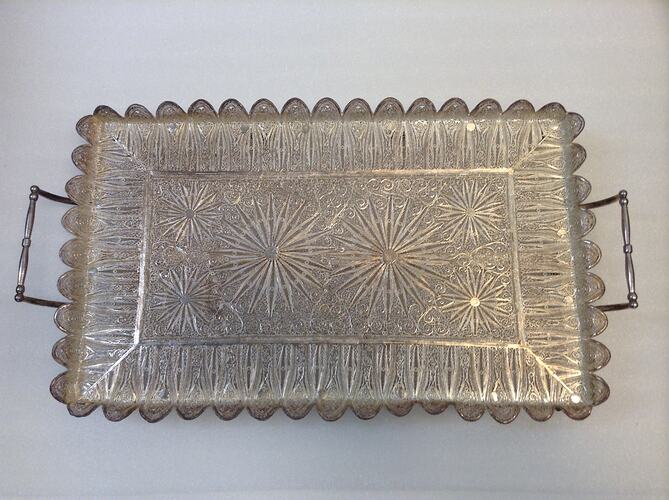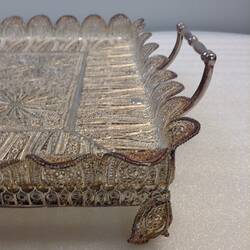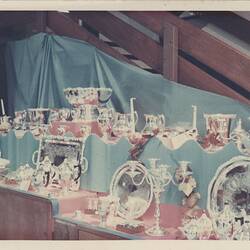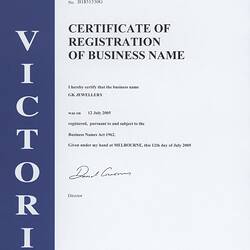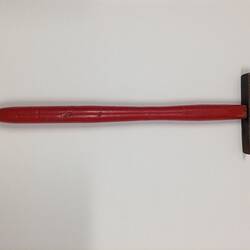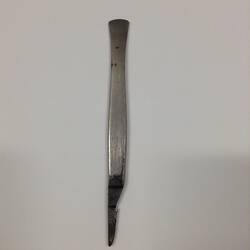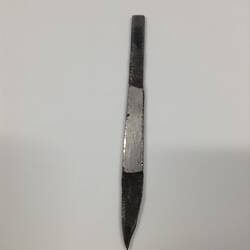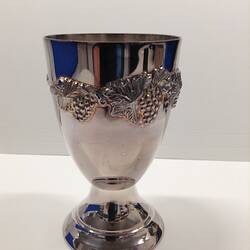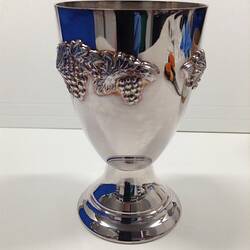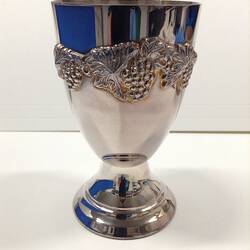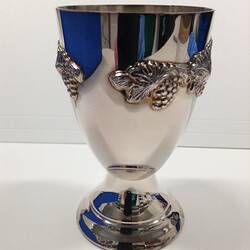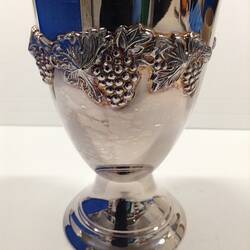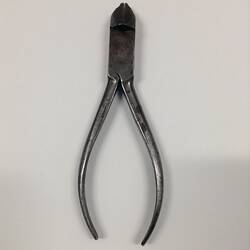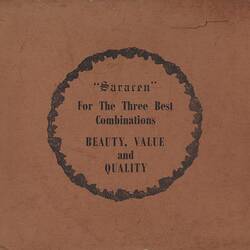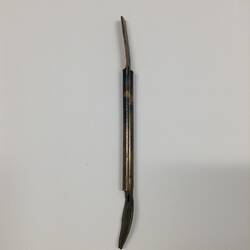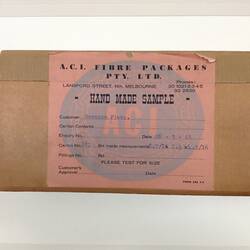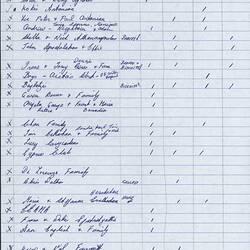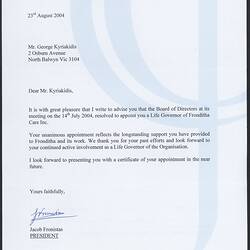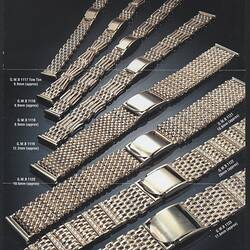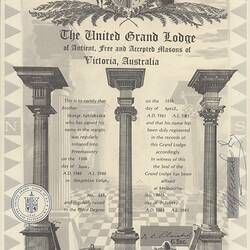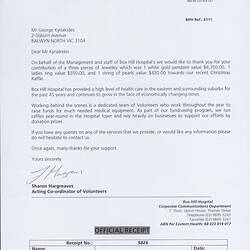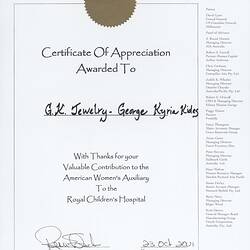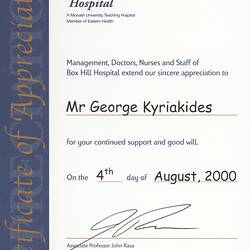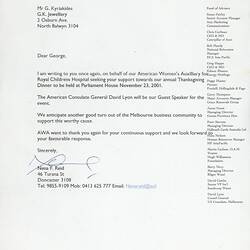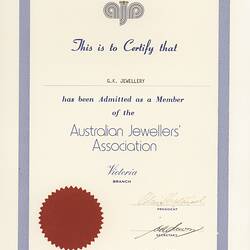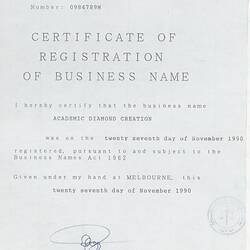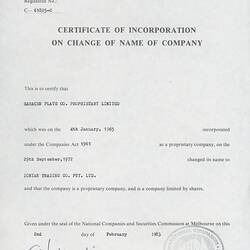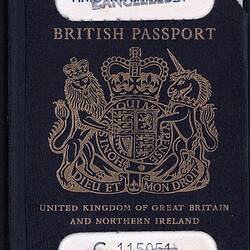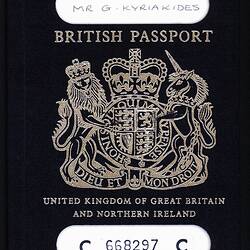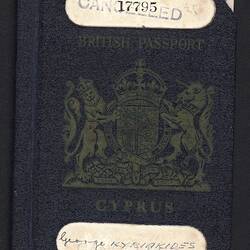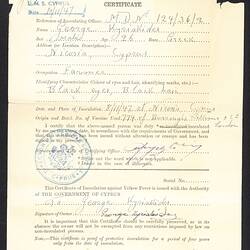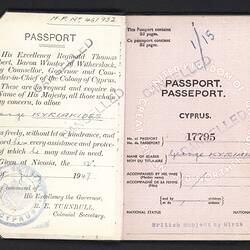Summary
Handmade silver filigree tray made by Petrou Kyriacou, George Kyriakides' father. It is made entrely of silver wire in the openwork filigree style. Petrou Kyriacou was himself a practising silversmith in his native Cyprus. Petrou crafted the tray while living in Carlton with George and his new family. This piece was crafted as an interest piece to keep Petrou's skills current while on holiday in Australia.
George Kyriakides was born in 1921 in Larnaca, on the southern coast of Cyprus. In his early working years he was apprenticed to his father Petrou Kyriakcou as a silversmith and in 1948 George migrated to Melbourne, Australia. In 1949 he married Australian-born Silvia Sarandis, the child of Greek migrants and they had two children. Using his skills as a silversmith, he worked for a local silverware company and then proceeded to start his own silversmithing business under the name Saracen Plate Company, situated at 152 Lygon St, Carlton. A manufacturing wholesale business, they sold mainly to large clients such as Myers and Prouds Jewellery. In 1974 George sold the wholesale silversmithing part of the business due to the difficulty in obtaining pure metals, and continued to work as a Jeweller under the name GK Jewellery until his retirement and beyond. In later years George was known for his philanthropic generosity and in 2006 he died and is survived by his two children.
Physical Description
Handmade rectangular filigree (open wirework) silver tray. Tray consists completely of openwork wire filigree. Tray is supported by ten filigreed whorls fashioned into 'feet'. These feet are soldered onto a simple rectangular frame that supports the bulk of the tray filigree base. The tray features two large and four smaller 'starburst' patterns on the rectangular base, and is surrounded by elliptical shapes that are bent to create the scalloped tray edges. The openwork fiilgree that fills the base consists of reccuring heart and curved 's' shapes. The handles of the tray are not filigree, and look to be commercially made. There is a considerable tear in the filigree work along one of the horizontal joins of filigree sections, and the scalloped edging has some discolouration.
Significance
Statement of Historical Significance:
This collection offers a multi-faceted snapshot of a migrant small business in Lygon Street Carlton through tools of trade, product catalogue and a sample of the silverware produced for retail. It thus encapsulates a small business activity from production through to sale and distribution. It includes a beautiful filigree tray as well as more mainstream domestic silverware items. The collection enables the documentation of the passing on of trade traditions and skills from one generation to the next and the bringing of those skills to Australia, as well as capturing a particular craft, filigree work, which is a disappearing artform
More Information
-
Collecting Areas
-
Previous Owner
-
Manufacturer
-
Manufacturer
-
Inscriptions
There are no hallmarks or inscriptions on the work.
-
Classification
-
Category
-
Discipline
-
Type of item
-
Overall Dimensions
275 mm (Length), 510 mm (Width), 70 mm (Height)
The filigreed work of the tray measures 60mm in height. This exludes the handles. The full height including the handles is 70mm
-
Keywords
Jewellers, Small Businesses, Cypriot Communities, Cypriot Immigration, Working Life, Trades, Jewellery, Silverware, Families, Family Businesses, Decorative Arts, Silver
